Stainless steel scrubbers are a go-to tool for tackling stubborn grime, burnt-on food, and greasy messes. Their durability and abrasive texture make them ideal for heavy-duty cleaning tasks. However, their toughness can also be a double-edged sword. Using them on the wrong surfaces can lead to scratches, damage, or even costly repairs. To help you avoid these pitfalls, here are eight things you should never clean with a stainless steel scrubber—and what to use instead.
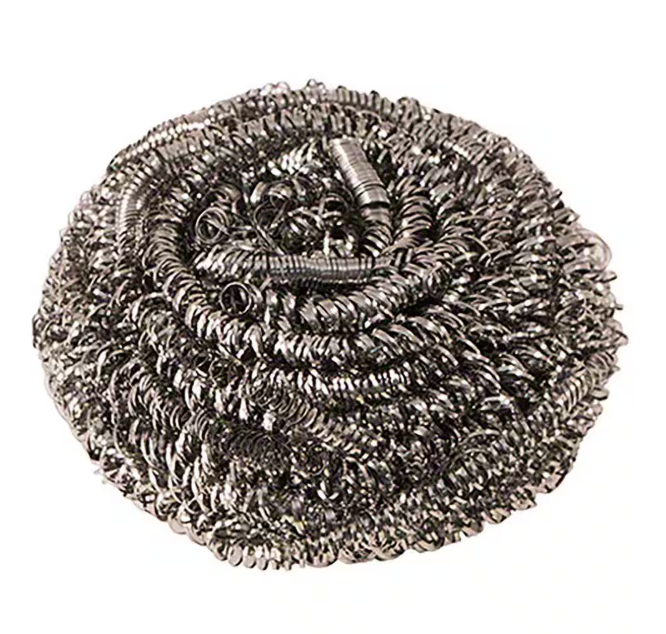
1. Non-Stick Pans
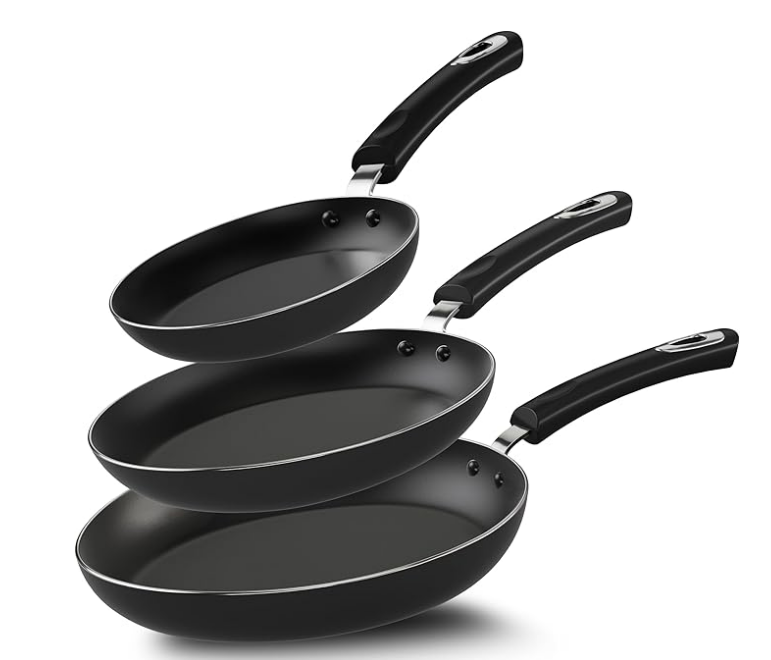
Non-stick pans and pots rely on a delicate coating (like Teflon) to prevent food from sticking. Scrubbing them with a stainless steel pad will scratch and strip this coating, rendering the cookware useless and potentially releasing harmful chemicals.
What To use instead: A soft sponge, nylon brush, or baking soda paste.
2. Glass Stovetops or Oven Doors
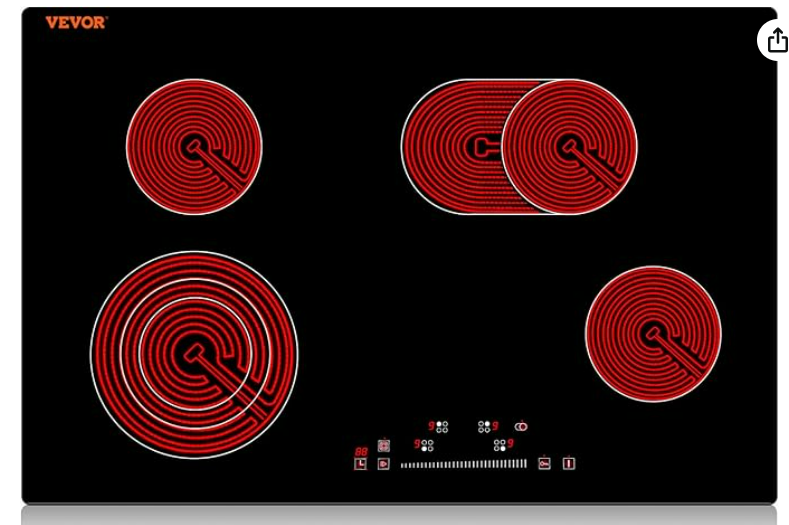
Image from: Amazon
Glass surfaces are prone to scratches, and the harsh abrasion of a steel scrubber can leave permanent marks or cloudiness. This not only ruins the appearance but can weaken the glass over time.
What To use instead: A razor blade (gently) for burnt residue or a specialized glass cleaner with a microfiber cloth.
3. Ceramic or Porcelain Surfaces
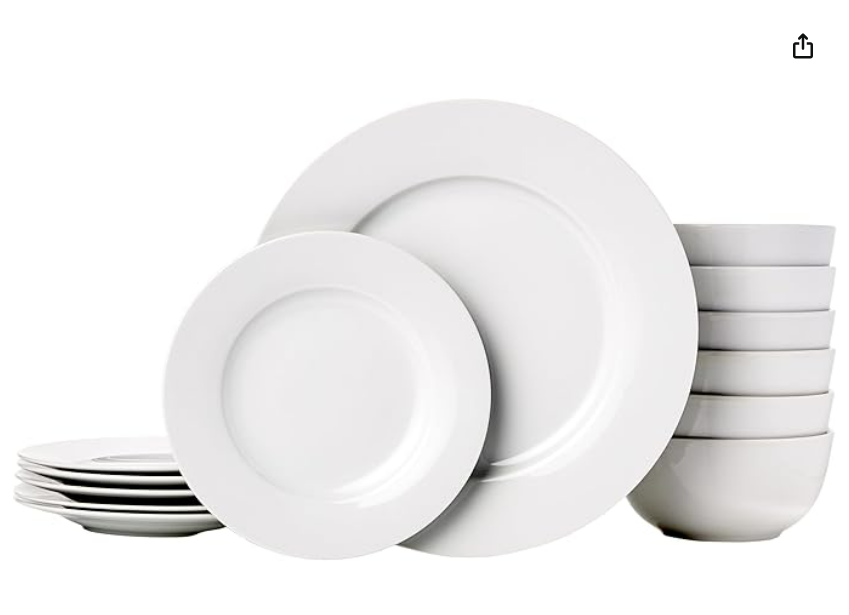
Image from: Amazon
While ceramic sinks, toilets, or dishes may seem sturdy, their glossy finishes can easily scratch under pressure from steel scrubbers. Once scratched, these surfaces become harder to clean and more prone to staining.
What To use instead: A melamine sponge (like Mr. Clean Magic Eraser) or mild abrasive cleaner.
4. Stainless Steel Appliances (If Polished)
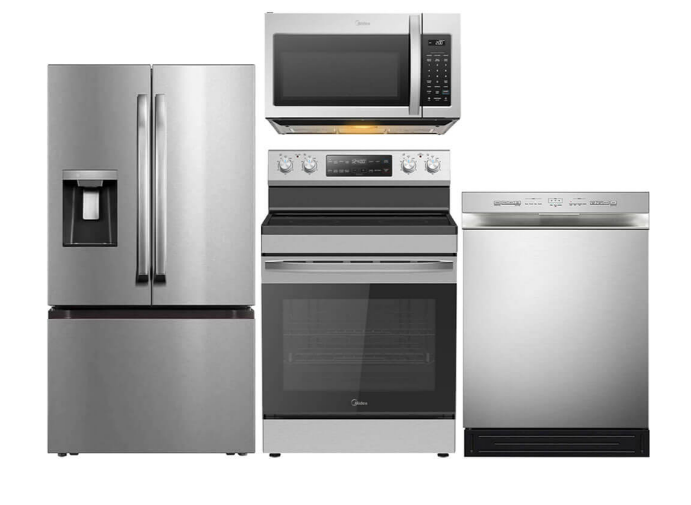
Image from: https://www.electronicexpress.com/
Ironically, stainless steel scrubbers can damage polished stainless steel surfaces (like refrigerators or sinks) by leaving fine scratches or dulling the finish. Always check the grain direction and finish first.
What To use instead: A microfiber cloth with a mild cleaner specifically designed for stainless steel.
5. Natural Stone Countertops
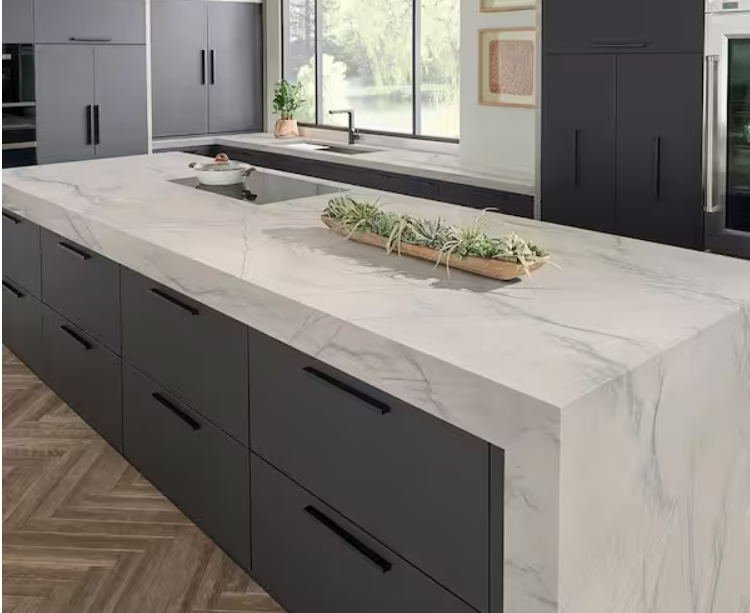
Image from: Homedepot
Marble, granite, and quartz may be tough, but their sealants and polished surfaces are no match for steel scrubbers. Scrubbing can erode the protective sealant, leading to stains and etching.
What To use instead: pH-neutral cleaners and a soft cloth. Avoid acidic solutions like vinegar.
6. Cast Iron Cookware
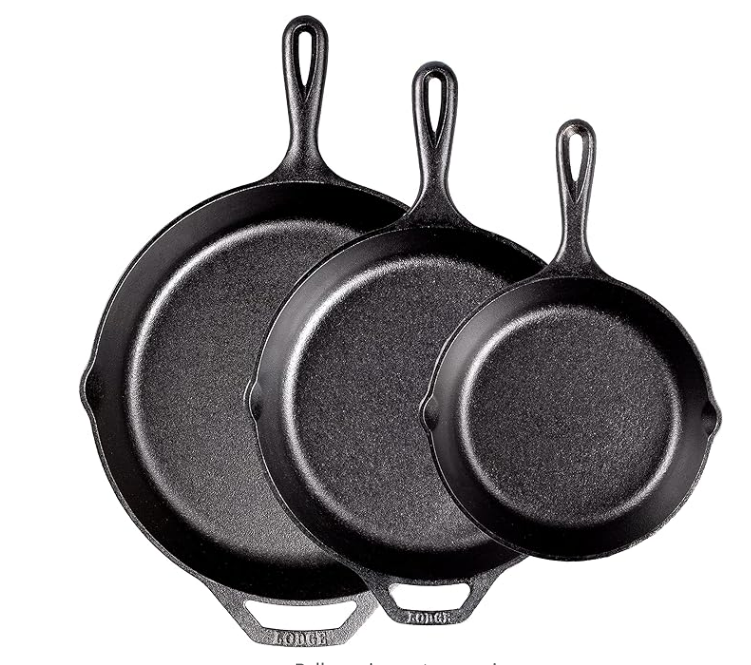
Image from: Amazon
Cast iron relies on a seasoned layer of oil for its non-stick properties. A steel scrubber will strip this layer away, leaving the pan vulnerable to rust and requiring re-seasoning.
What To use instead: Hot water, a stiff nylon brush, and coarse salt for stubborn bits.
7. Acrylic or Plastic Surfaces
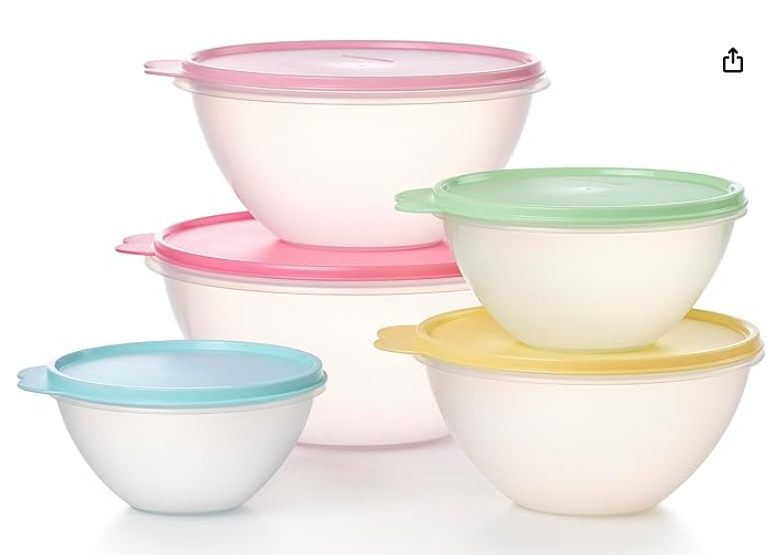
Image from: Amazon
Bathtubs, shower doors, or plastic containers can develop unsightly scratches when scrubbed with steel pads. These scratches trap dirt and bacteria, making surfaces harder to clean long-term.
What To use instead: A soft sponge and a baking soda-vinegar mixture for tough stains.
8. Delicate Electronics or Painted Surfaces
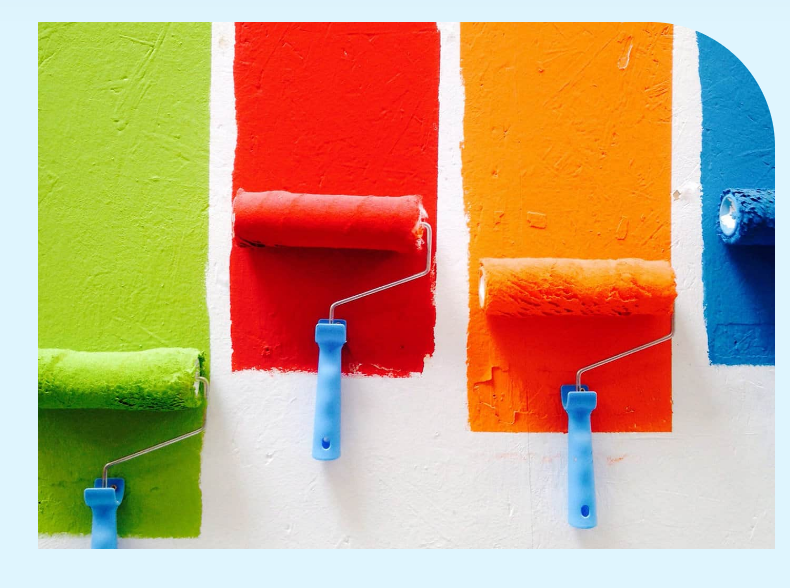
Image from: https://www.nashpainting.com/blog/top-7-tips-for-painting-textured-surfaces
Screens, car paint, or glossy finishes (e.g., on appliances) can be permanently scratched by steel scrubbers. Even small abrasions can compromise protective coatings or aesthetics.
What To use instead: Microfiber cloths, screen-safe cleaners, or automotive clay bars for cars.
Why It Matters
While stainless steel scrubbers are incredibly effective for tasks like cleaning grill grates or oven racks, their abrasiveness makes them a poor choice for softer or sensitive materials. Scratches and damage aren’t just cosmetic—they can create grooves for bacteria to thrive, reduce the lifespan of items, or even pose safety risks (e.g., flaking non-stick coatings).
Pro Tip: Always test a small, hidden area before using a scrubber on an unfamiliar surface. When in doubt, opt for gentler tools!
By avoiding these eight surfaces, you’ll keep your belongings in top shape—and save yourself the hassle of repairs or replacements. Happy (and safe) cleaning!

